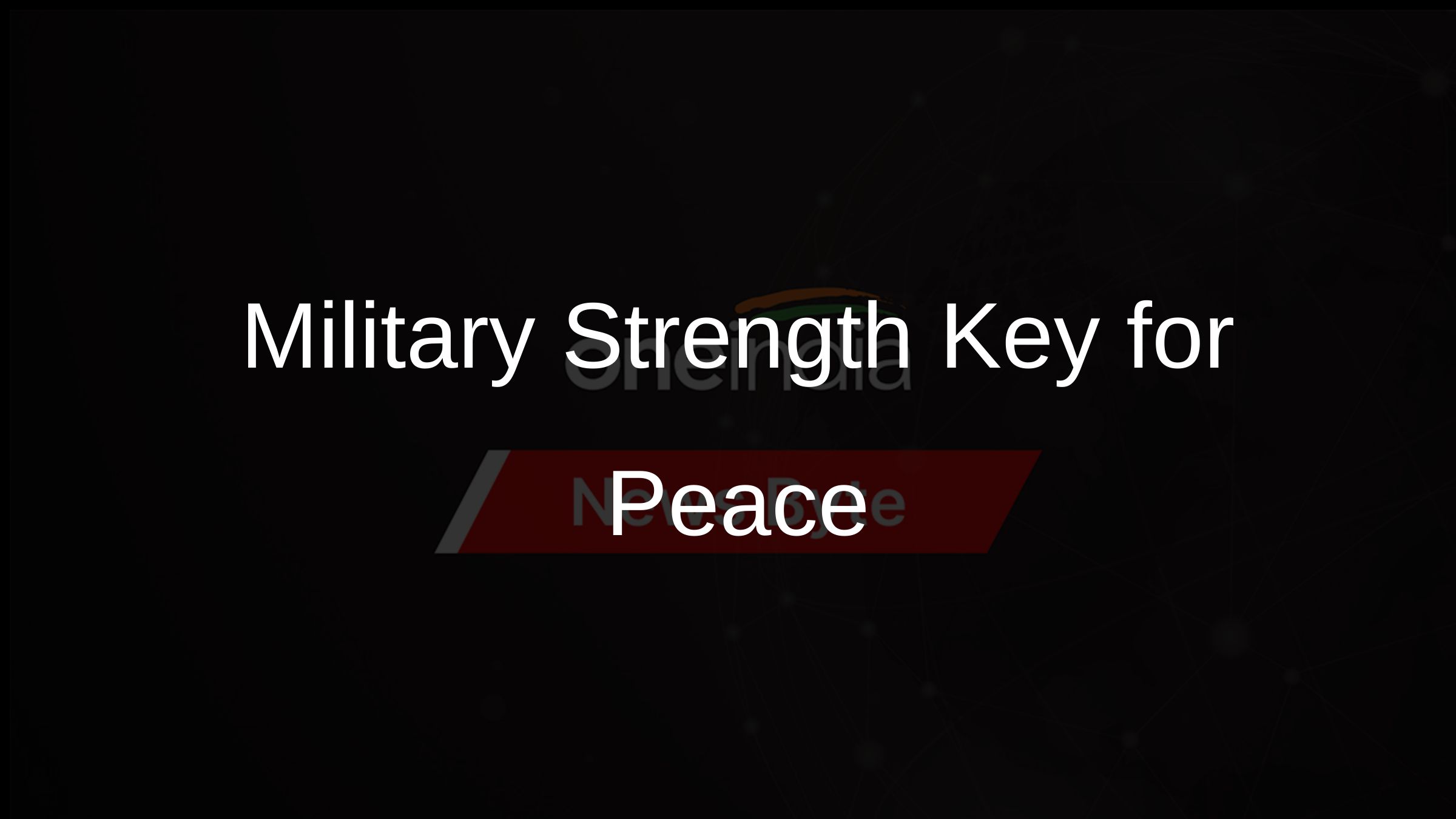Testing Reflexes Against NBC Attacks: Army Wargames
New Delhi, Apr 27 (UNI) In one of the largest wargames of recent times, the strike formations of the Army are in the midst of fortnight-long exercises in the Thar desert to test its ''pro-active war strategy'' and network-centric operations.
The huge exercise, codenamed 'Ashwamedh', has the Mathura-based 1 Corps unleashing its armoured, artillery and infantry elements in full flow to practise operational concepts of being prepared for ''short duration battles of high intensity at short notice'' under an overall NBC (Nuclear-Biological-Chemical) overhang.
Frontline T-90 Main Battle Tanks, heavy artillery, helicopter gunships and infantry combat vehicles -- assisted by Unmanned Aerial Vehicles (UAVs) -- criss-cross a 3,200-sq-km area between Suratgarh in Rajasthan and Bhatinda in Punjab in this the largest exercise to be conducted in the last two years.
An entire strike corps has moved to the Rajasthan desert for the exercises which are being held deep inside Indian territory, almost 200 km away from the International Border.
A senior Army officer here said Pakistan had been given advance notice ''as per protocol'' of the exercises which include participation of the Indian Air Force as well as Special Forces in an aim at validating the new concepts of ''going in for deep thrusts''.
Incidentally, this is the first time that 1 Corps, one of three strike formations of the 1.13-million strong Indian Army -- the others being the 2 Corps at Ambala and the 21 Corps at Bhopal, is exercising after it was shifted to the new South-Western Command (SWC), headquartered at Jaipur.
SWC, the Army's sixth regional command, came into existence in 2005 as part of the overall plan to restructure formations based along the Indo-Pak border to strengthen strike capabilities for multiple thrusts across the border.
The Command is supposed to be the Army's test-bed for ''high-tech weaponry and capabilities'' and as such, the exercise revolves around network-centric operations, with commanders in the simulated battle-field having access to ''real-time'' satellite and UAV (unmanned aerial vehicles) imagery through data-links.
Interestingly, Army Chief General JJ Singh, who is keen to maintain the ''operational readiness'' of his force -- this being his ''foremost thrust area'', was commanding the 1 Corps during 'Operation Parakram' -- the 10-month forward troop mobilisation after the December 2001 terrorist attack on Parliament.
One of the most important lessons learnt during 'Operation Parakram' was that slow mobilisation -- with strike formations taking almost a month to assemble at the ''launch pads'' along the border -- will not do any longer and one has to practise for ''swift, short and intense blitzkrieg wars of the future''.
Said a senior Army officer: ''The idea is to mobilise and strike hard and fast... This will ensure surprise in enemy ranks... It will also give the international community less time to intervene....'' ''This is where the concept of relatively smaller integrated battle groups for swift strikes across the border fits in... The strikes, of course, will have to be calibrated to ensure that nuclear weapons do not come into play in any war scenario'', the officer added.
UNI


 Click it and Unblock the Notifications
Click it and Unblock the Notifications




